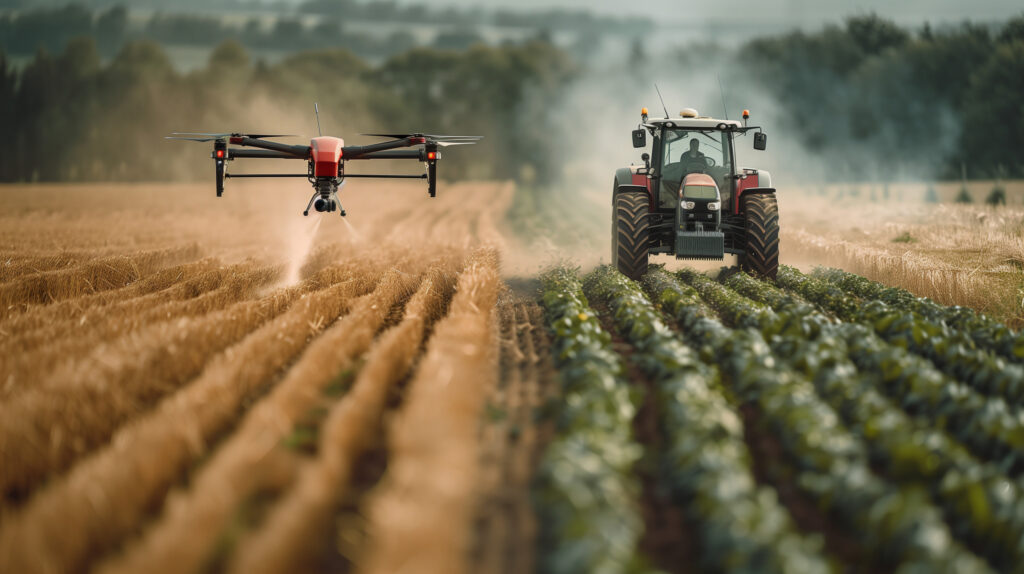Opinion: We need more ‘bums on seats’, not more robots
 © Adobe Stock
© Adobe Stock I’m not particularly “techie”, but fortunately I run with bright young staff. Any setting up or day-to-day running of complicated kit can easily be grasped by them and, eventually, taught to me.
I was dead against GPS “guidance” when it first came out 20-plus years ago.
My mantra was: If you haven’t the skill or the aptitude to plough a straight and level furrow then guidance shouldn’t do it for you.
See also: Opinion – opportunities for the beef sector have never been so good
With hindsight, I was wrong and wouldn’t be without military grade field-mapping nowadays.
The levels of output and efficiency that we attain today would never be achieved, and there’s the added benefit of less driver fatigue.
That said, the next stage of autonomy is going too far.
There is a place for drones, driverless tractors and robotics.
Robotic milking machines and feed bunk pushers have been on the market for a long time, giving greater flexibility in day-to-day management of the business, but it’s fewer sets of eyes looking at the stock.
We can spot a steer that’s going to get “the snots” way before the event occurs, and treat it before the problem gets out of hand.
It’s called stockmanship, and no amount of AI will ever be able to replicate the human touch.
I read with interest about – and have been to various demonstrations of – tractors running autonomously, or being worked remotely from the farm office. But is this the way forward?
Manufacturers would argue you can run smaller equipment, for longer. I would argue weather windows are getting shorter so you would be better scaling up and getting the job done quicker, with bums on seats.
Do I want to be sat in the office with my “farm simulator” console, operating heavy machinery remotely when I could be sat on it?
No, because there’s always going to be a problem requiring a reset, as the cultivator sledges straw from one end of the field to the other.
Over-reliance on technology
As an industry we shouldn’t become too reliant on AI, Chat GPT, and Grok. Yes these things are a guide, and can help in certain situations, but don’t take it as gospel that they’re right or fit for purpose.
In one generation, it’s quite possible no one will have a clue how to farm and then we can wave goodbye to food security.
No doubt new automation and robotics will become subscription-based, with dealer-controlled unlock codes, so that in the event of failure there’ll be no chance of the farmer fixing it in their own workshop.
Yes, with ever-decreasing profitability at the farm gate, lack of labour as it’s lost to higher-paid jobs with fewer hours and holidays, it’s probably the only way the industry can progress.
But it seems a bleak future for our young farmers, with the world awash with grain, causing more consolidation, larger farms and the lowering of the skill set.
For the workforce remaining in the industry, do we want to devalue their knowledge and skill set, and relegate great staff to being carers for robots. I don’t think so; where’s the job satisfaction in that?
The biggest flaw that no one is talking about in relation to over-reliance on AI systems is an external attack from a rogue actor, where systems could be shut down or take on a life of their own.
Maybe Sarah Connor in TheTerminator was right, after all.

